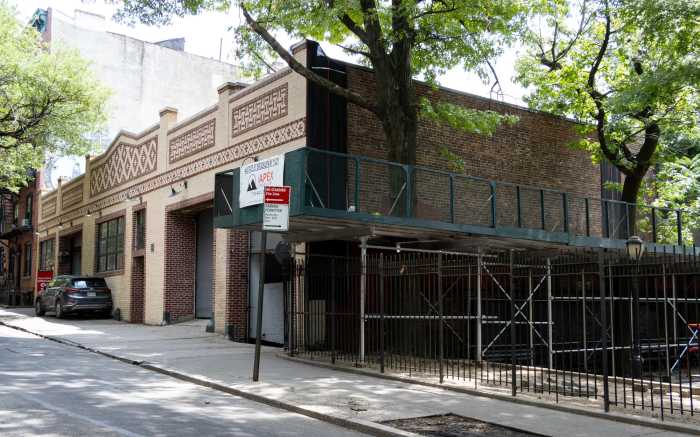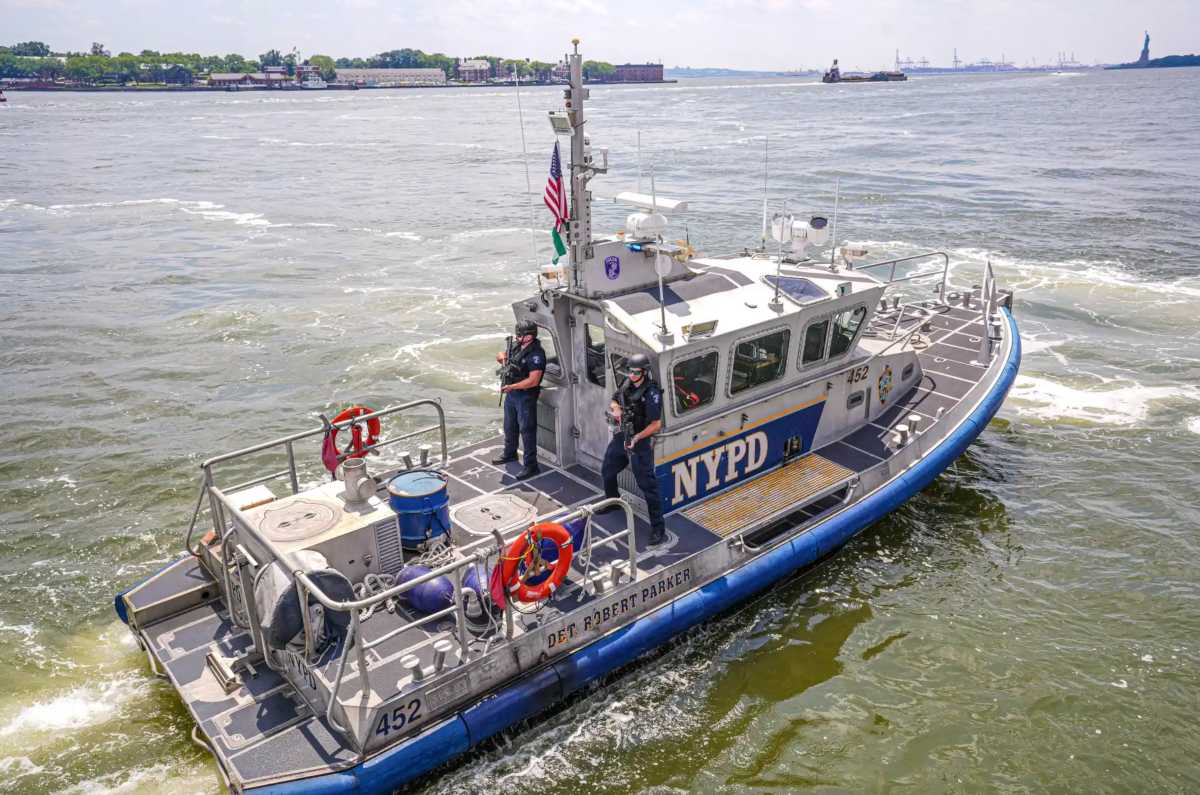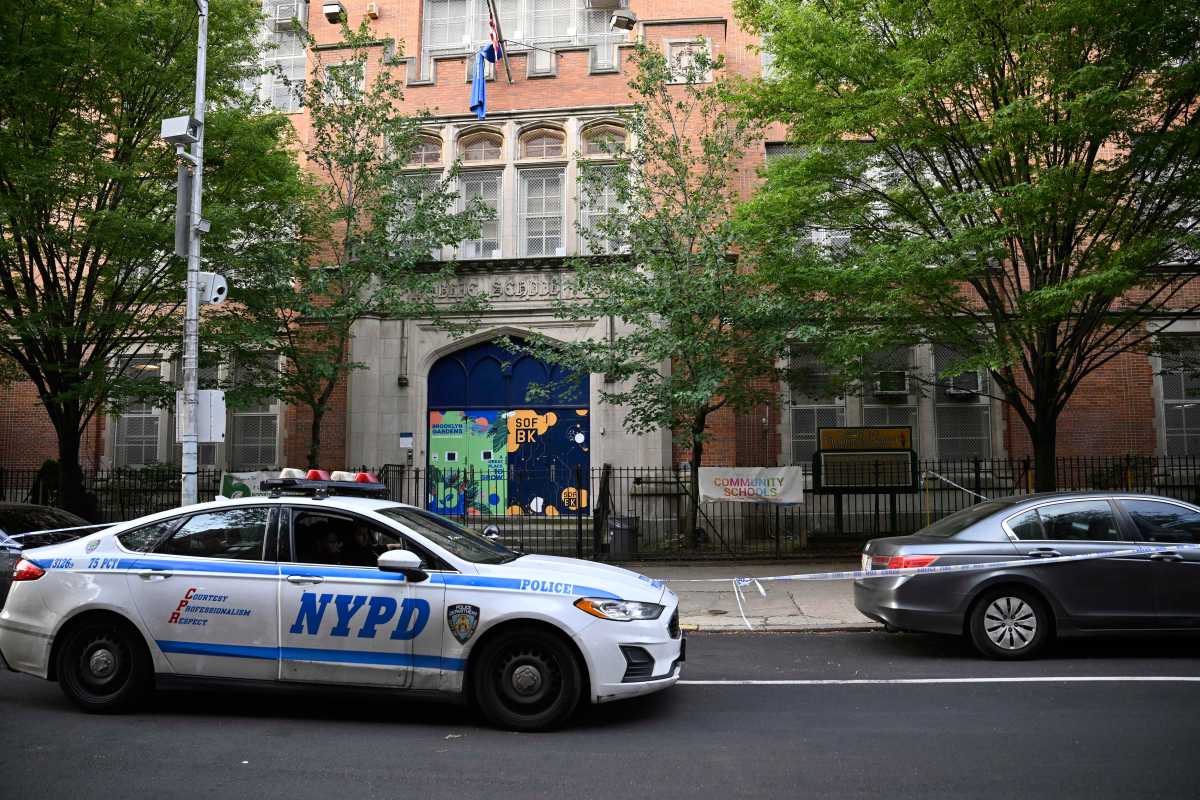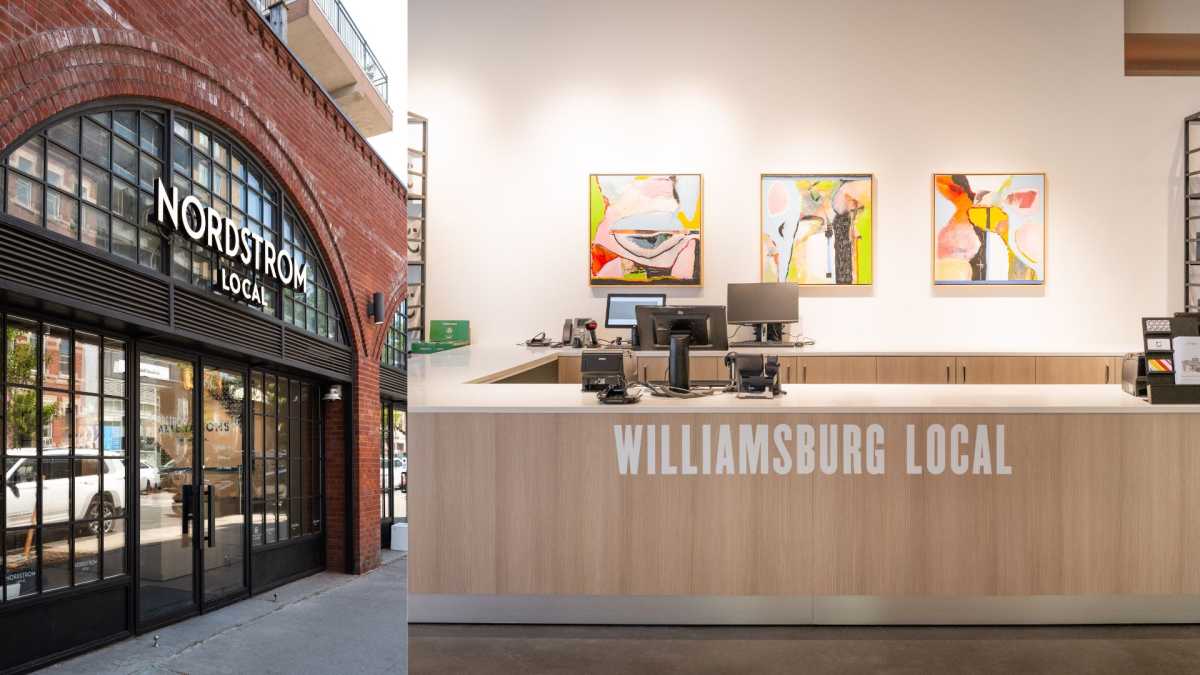The city has budgeted $200 million in taxpayer money to buy privately held land and make other improvements in Coney Island as part of its turnaround plan for down-on-its-luck neighborhood.
The bulk of the money will be spent on land purchases — and The Brooklyn Paper has learned that those buys will go far beyond the nine acres that the city has slated for an amusement park and cut into 18 acres of property beyond the core theme park zone so the city will have land on which it can develop hotels, restaurants and indoor amusements like a water park, bowling alley or arcade.
“The city is interested in acquiring land from any of the property owners in the 18 acres,” said Libby Langsdorf, a spokeswoman for the Coney Island Development Corporation. Until now, she added, “It has been the city’s interest to consolidate the land in the mapped parkland.”
Roughly $189 million of the original $200 million is left since the city shelled out $11 million for one acre near the famous Deno’s Wonder Wheel last month. An undisclosed portion of that pool of capital money will underwrite infrastructure repairs, such as patching the famed Boardwalk, but the bulk will buy out Mayor Bloomberg’s rival for control of Coney Island, developer Joe Sitt, who owns about 10 1/2 acres of prime land — land that he paid $100 million for since 2005.
Sitt’s territory is split almost equally between holdings in the proposed city-owned amusement zone and the adjoining area. He had foisted his own $2-billion indoor-outdoor amusement park and hotel complex, but the Bloomberg administration considered it DOA. The mayor’s victory in the battle for a third term apparently convinced Sitt to cut a deal rather than wait for a new mayor.
Advocates for redeveloping the faded People’s Playground concede that budgeting hundreds of millions of dollars is questionable public policy, but ultimately support the move because private landowners — before Sitt at least — have shown little inclination to invest in the area themselves for decades.
“Buying all this land may not have been the ideal move from the beginning,” said Jonathan Bowles, director of the Center for an Urban Future, a planning group.
But, he added, “the problem with Coney Island for years, if not decades, was that so many landowners were just sitting on their property.”
























